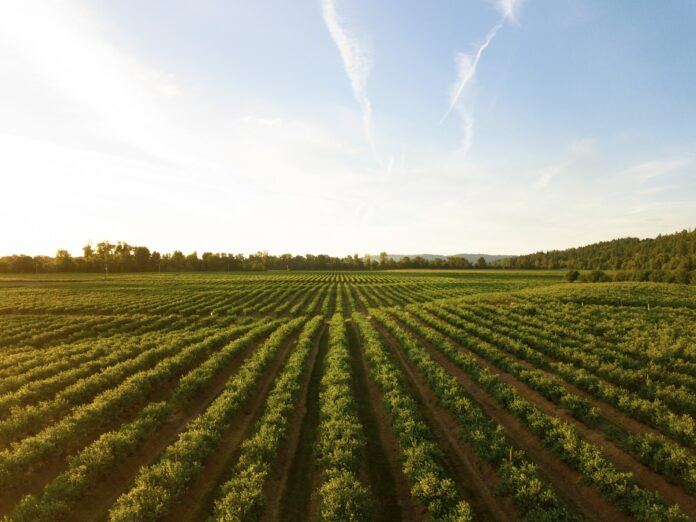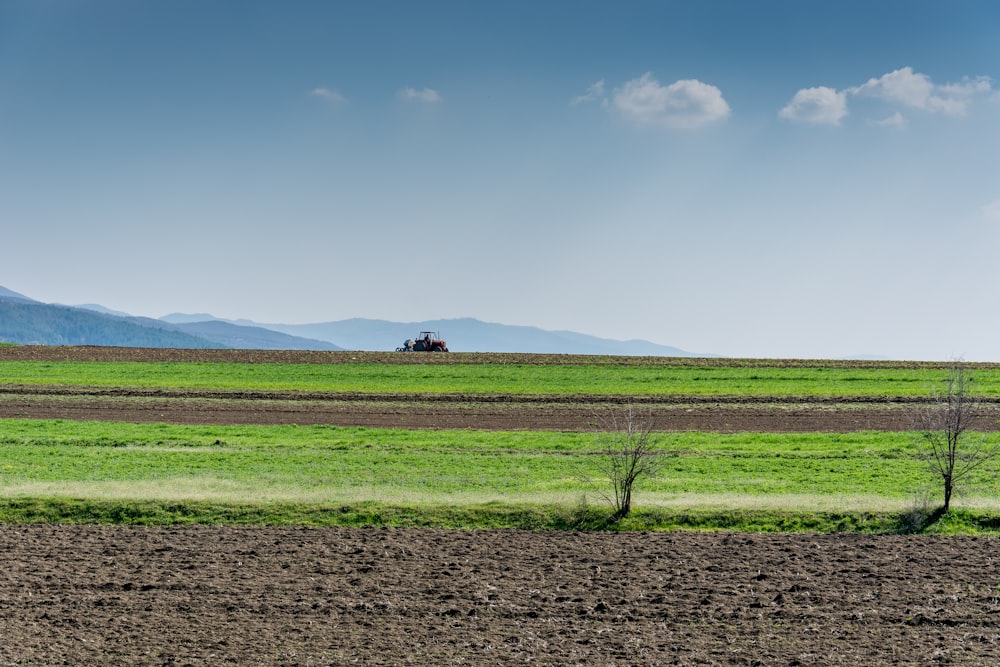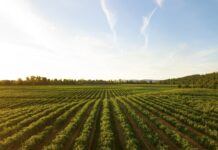The rise in pricing, combined with the steady depletion of hydrocarbon reserves, has prompted us to consider the production and use of alternative fuels. Biogas, which is made from biological waste, is one of the most popular nowadays – Benefits Of Biogas.
What Are Biogas And What Are The Benefits Of Using It?
Biogas is a gas composed of 55–75 per cent methane, 25–45 per cent carbon dioxide, and a trace amount of hydrogen, hydrogen sulphide, and other gases produced by bacteria during the decomposition of biomass.
The most important component of this biofuel is methane, which produces 20-25 MJ of energy when burned, about equivalent to 1.5 kg of coal.
The fact that biogas is made from organic waste is its primary benefit. As a result, two jobs are completed simultaneously: food waste recycling and the acquisition of relatively inexpensive and energy-intensive fuel. Fertilizers are made from the waste created during biogas generation. Another benefit of this strategy is that it conserves natural resources while also lowering the number of toxic landfill gases released into the sky.
Biogas Is A Type Of Renewable Energy
There are currently over 60 different biogas production systems, which differ in the types and amounts of the components employed. As well as the processing scheme and equipment design. The base, in some form or another, is a process involving the progressive degradation of biomass by three types of bacteria. Those are hydrolytic, acid-forming, and methane-forming.
A reactor is the most important component of any biogas plant, as it is a sealed container in which the above process takes place. Biogas is created in the upper section of the tank as a result of the reaction, from which methane is expelled later. While waste matter accumulates in the lower part of the tank.
Certain criteria must be met in order for the biogas formation process to be successful and efficient. It is very important to keep the temperature in the container at least 30 degrees Celsius. Its mass must be constantly mixed, and the removed spent component must be replaced with new trash as soon as possible. The composition of the biomass given for processing is quite important.
What Kind Of Garbage Is Utilised To Make Biogas?
The amount and rate of the generated biogas, as well as the proportion of methane in it. They are directly affected by the ratio of chemicals in the biomass composition. A combination of faecal sediments, food, and plant waste from the agricultural and woodworking sectors produces the best results. However, the most basic biogas production system can be built and used in a private home or in the countryside. In India, Nepal, Vietnam, and other nations, so-called family biogas plants are widely employed. They are, in fact, a more modern version of compost pits. In which waste created in the home as a result of animals and people’s lifestyles is composted.
Biogas is manufactured on a large scale. The construction of proper infrastructure at agricultural enterprises and treatment facilities provides this chance. Denmark is the world leader in this field, with biofuels accounting for 18% of total energy use. Biogas is utilised to heat more than half of the European poultry farms where it is produced. It is used to power more than 10% of public transportation in Switzerland.








